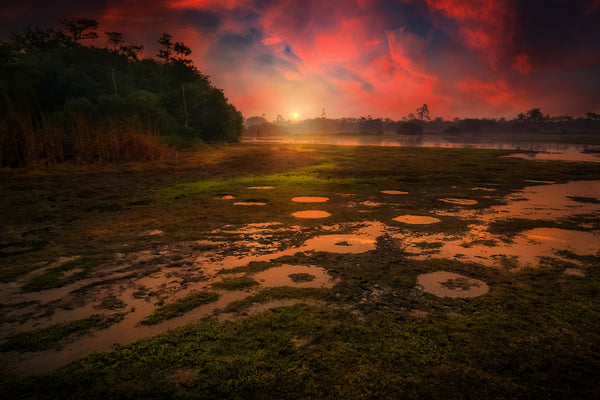Wetlands Provide Vital Ecosystem Services
Water is one of the most important natural resources on this planet, sustaining life in many more ways than simply refilling a water bottle. It helps us create and sustain food, allowing life to flourish in the most beautiful ways.
The planet does something remarkable in providing us with water in our oceans, rivers, lakes, and even wetlands in order to sustain life. The world is full of water, and because of that, the world is full of life.
When we think of all these amazing bodies of water that sustain life, we don’t often think of wetlands. But you’d be amazed to learn about everything they do. Despite covering just 6% of the earth’s land surface, wetlands provide food, clean drinking water, and refuge for countless people and wildlife around the world. Today, an estimated 1/2 of all wetlands have disappeared around the world.
9 Things You Never Knew About Wetlands
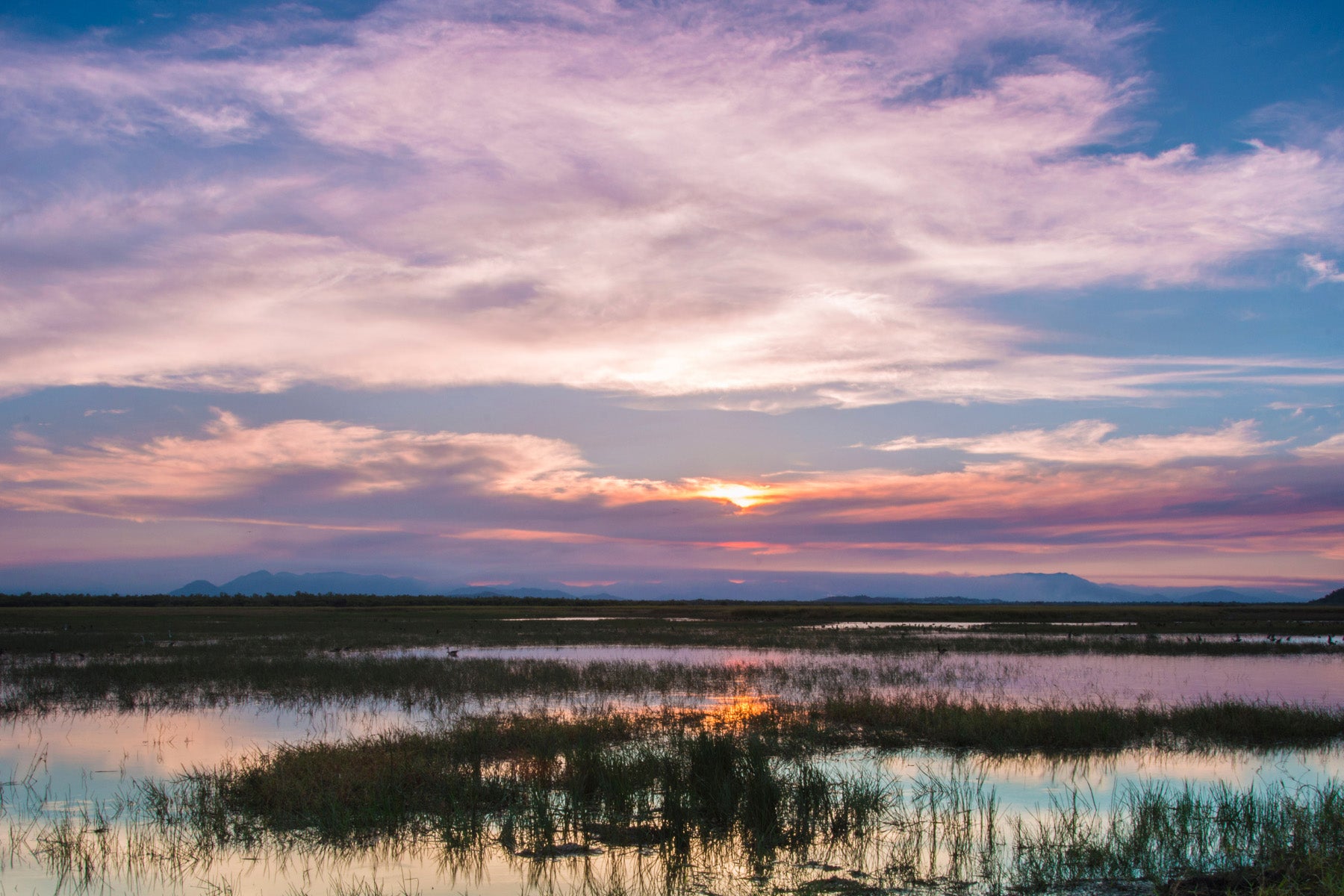
1. Wetlands act as nature’s filtration system
A wetland is exactly as it sounds: land that’s saturated with water. Due to their unique nature, they are home to a diverse range of species. In an average wetland, a combination of soil and plants help filter the water. Because of this, we have access to clean water in our lakes and rivers.
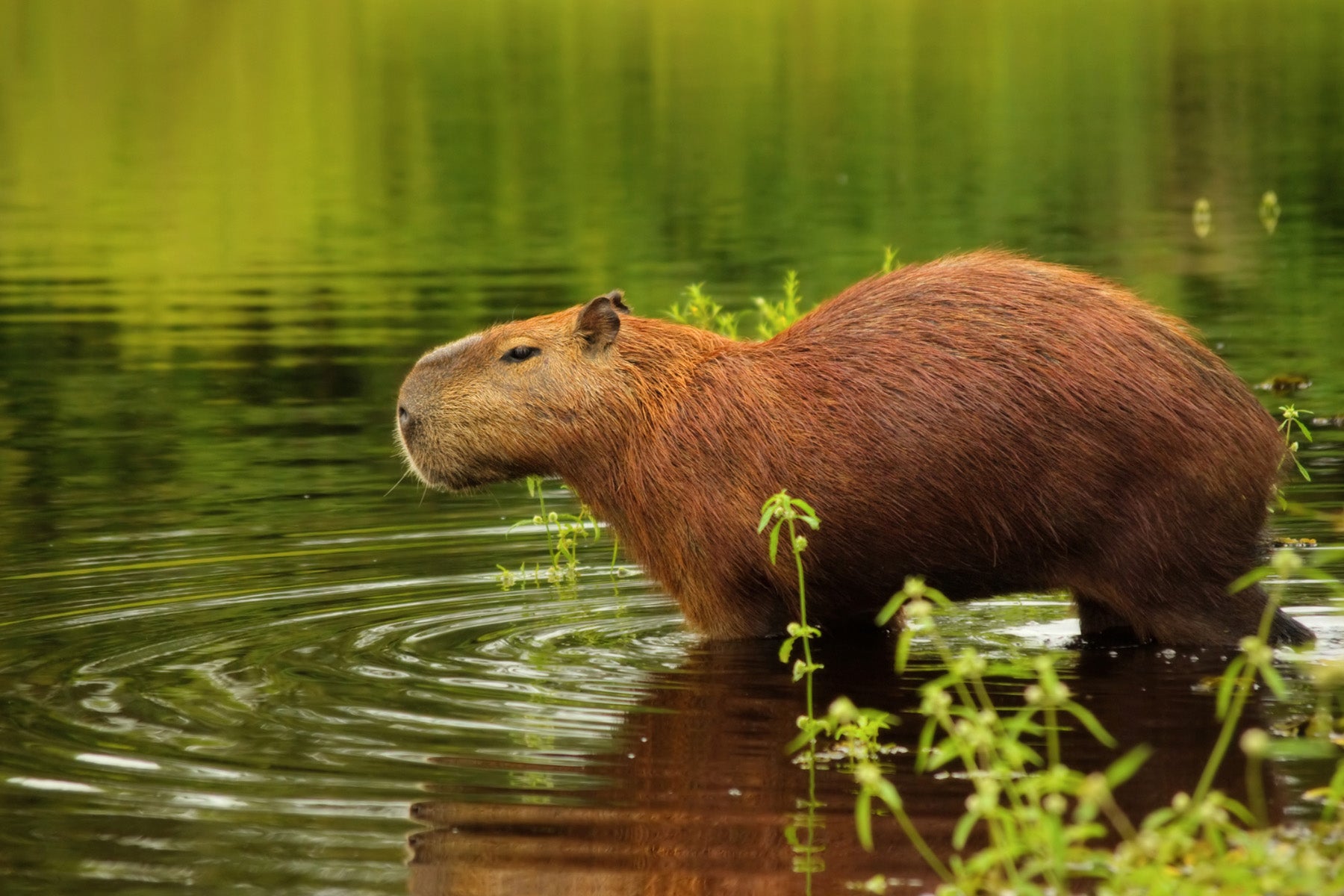
2. WETLANDS ARE THE MOST BIOLOGICALLY DIVERSE ECOSYSTEMS ON THE PLANET
Because wetlands are so unique, they support an astonishing range of plant and animal species — including many endangered species. So, when they’re converted for development projects, it has a cascading effect on the wildlife species that rely on them. By protecting wetlands, we are also protecting ⅓ of the world’s endangered species!

3. Peat wetlands are a source of carbon
Peat wetlands, commonly known as peatlands, are a subtype of wetlands. Peatlands have the ability to decompose ground materials at a much faster rate than other ecosystems. This leads to the creation of what is called peat, a natural compost that is rich in nutrients and high in carbon.
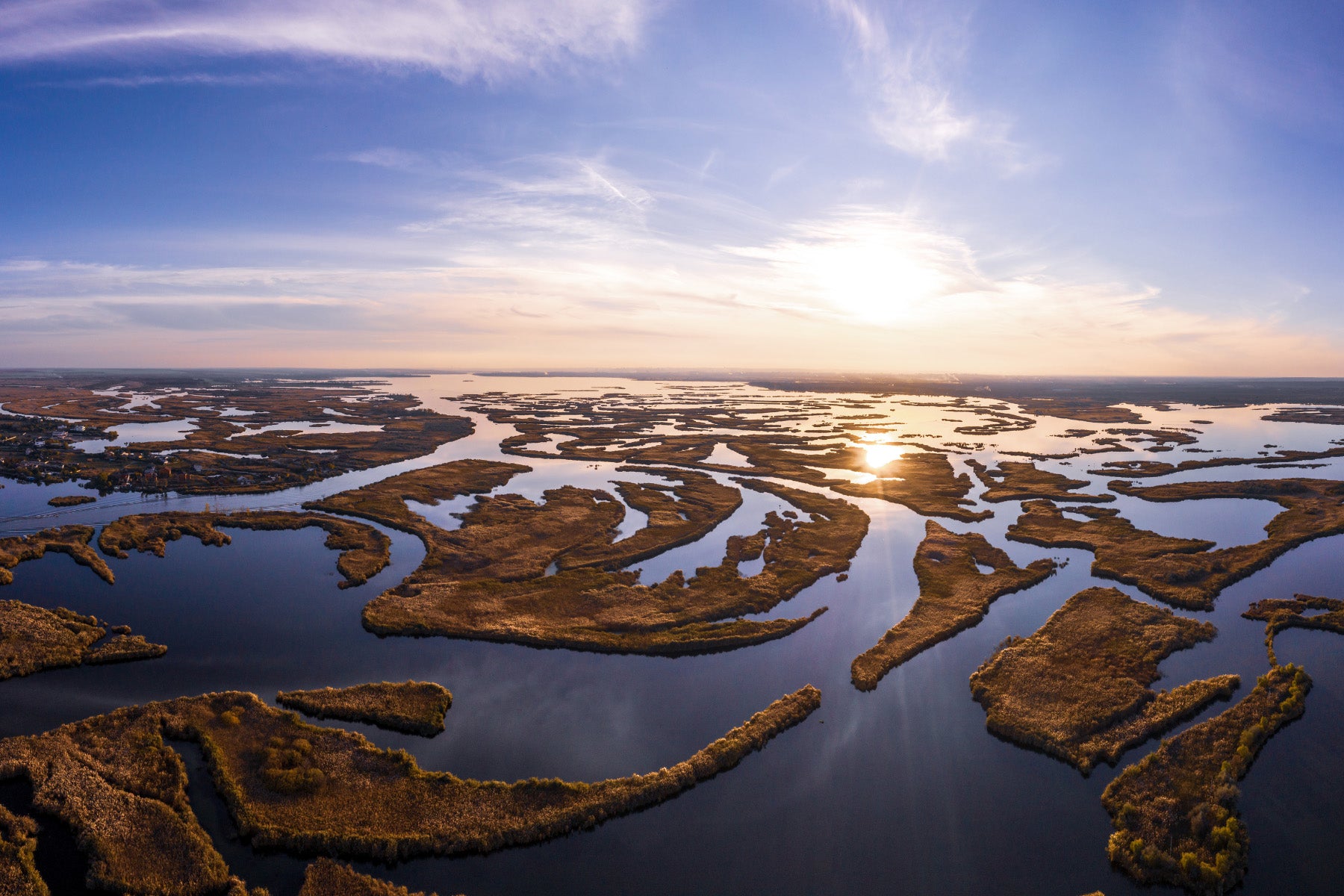
4. There are 5 different types of wetlands
Experts have categorized wetlands into 5 different categories according to their location, water chemistry, animal life, and more. The 5 types of wetlands are known as marine wetlands, estuarine wetlands, riverine wetlands, lacustrine wetlands, and palustrine wetlands. Wetlands are typically found near waterways, and each of these categories reflect the waterway, serving a critical role in the ecosystem.
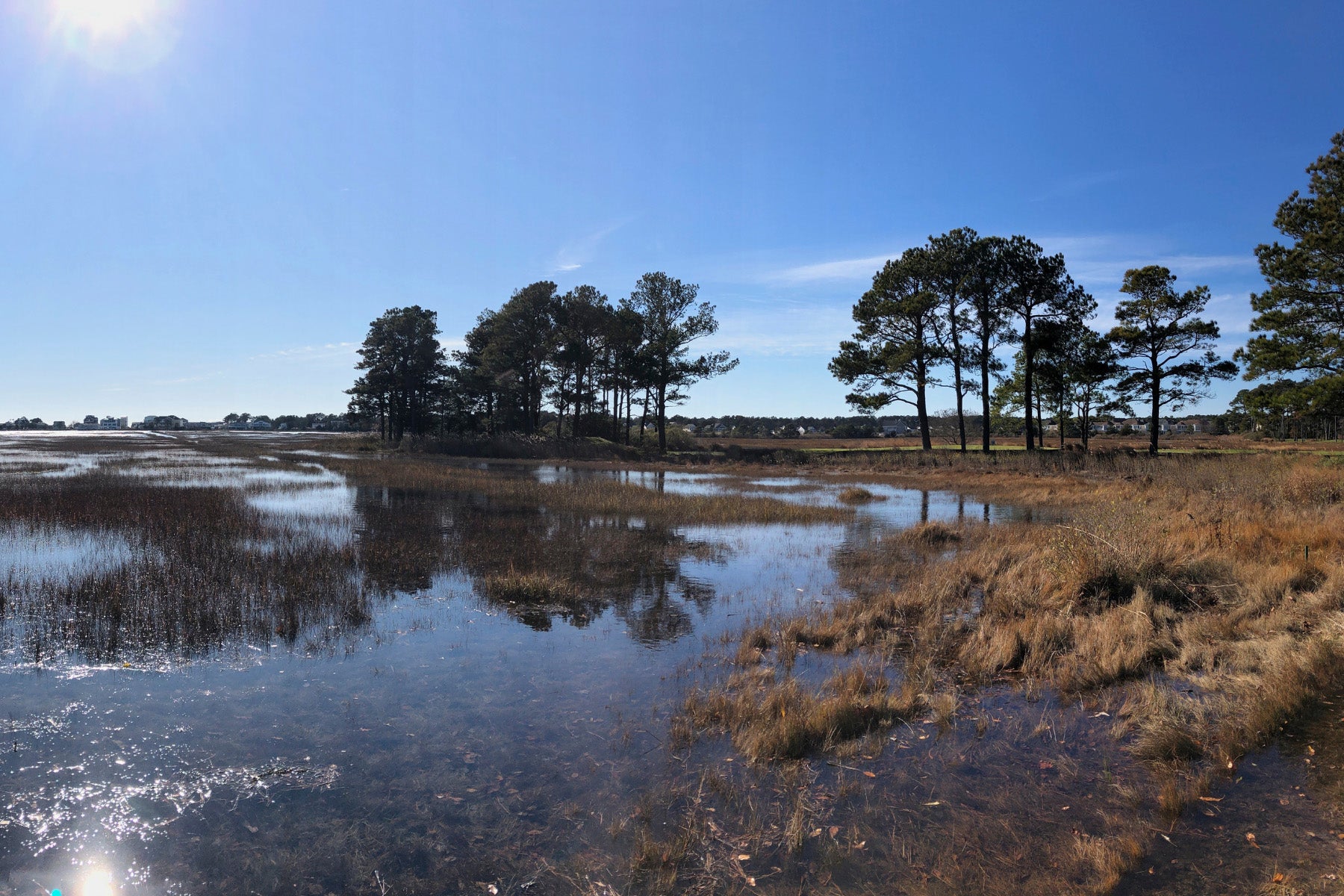
5. Wetlands can store floodwater
In a world where floods are becoming increasingly common, the need for wetlands is apparent. An acre of wetlands can store anywhere from 1-1.5 million gallons of floodwater, becoming a natural buffer during storm surges and reducing the powerful effects of the storm. Because of this, wetlands are an important frontline defense against hurricanes, so it’s incredibly important to protect them while we still can.

6. Wetlands have different names
Many people may know about wetlands, but they may know them by an entirely different name. In fact, many people are probably aware of these different names without even knowing they apply to wetlands as well. Some of these names include: mangrove swamps, estuaries, marshes, deltas, and bogs. Do you have a wetland near you?
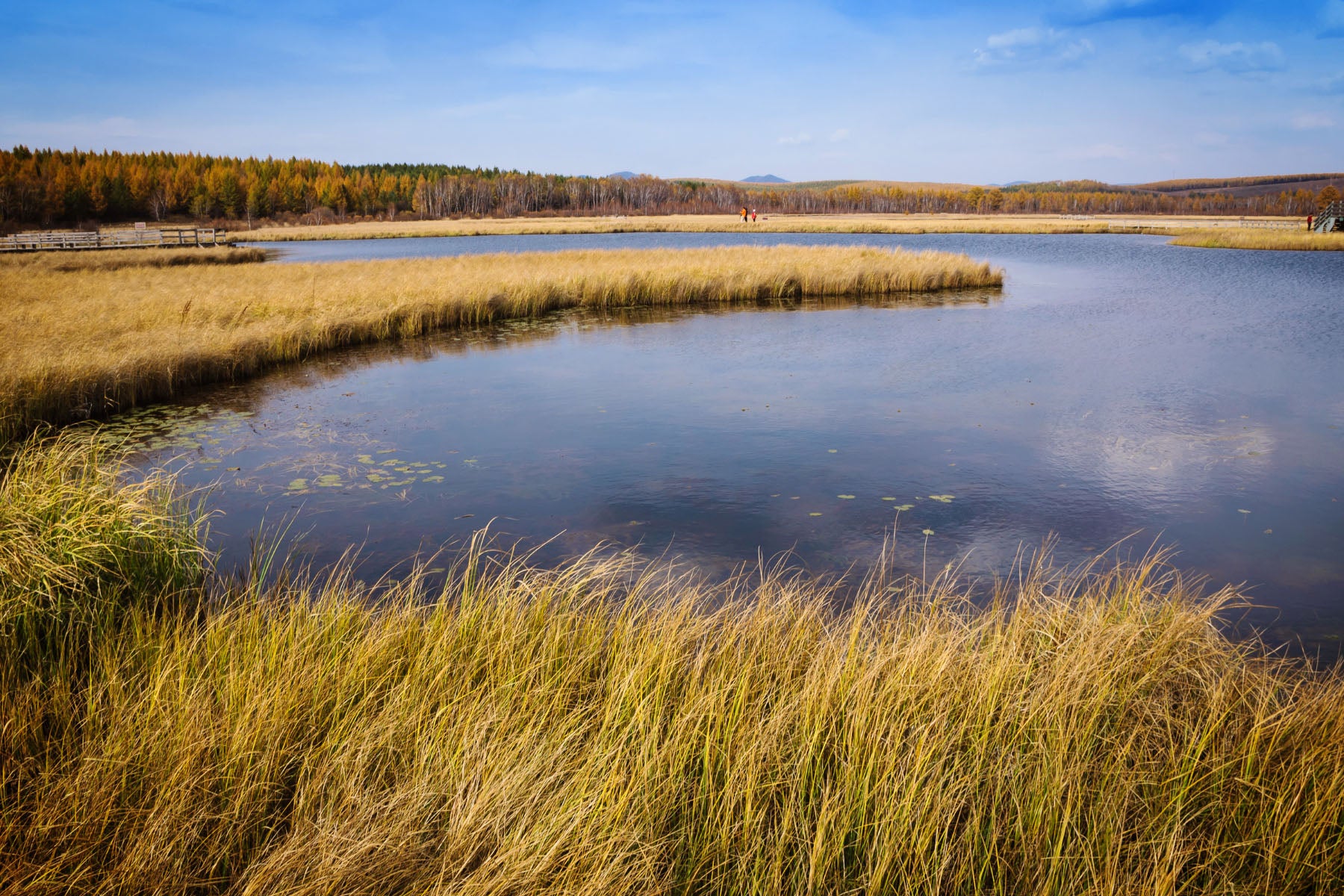
7. Wetlands control erosion
By now, we know that wetlands are an important barrier during storms, acting as nature’s first defense against flooding and storm surges. However, wetlands also help control erosion, by reducing the pressure of stormwater on the soil, thus reducing the likelihood of landslides and other events.

8. Coastal wetlands help us combat climate change
Older freshwater wetlands help remove more carbon than they emit, effectively helping us combat climate change and reduce climate change impacts over time.

9. The Patanal is the largest tropical wetland in the world
Spanning more than 42 million acres, the Pantanal is the largest tropical wetland in the world — and it’s one of the most pristine, too. It sprawls across Bolivia, Brazil and Paraguay, and supports millions of people there, as well as communities downstream.
Nature never fails to amaze us, and understanding all the incredible things that wetlands do for us only highlights how important it is to protect them. Planting trees near wetlands helps to enrich wildlife habitat and reduce disturbances from human activities — and protects wetland ecosystems by slowing the flow of stormwater, reducing erosion, and more. Plant a tree today!
